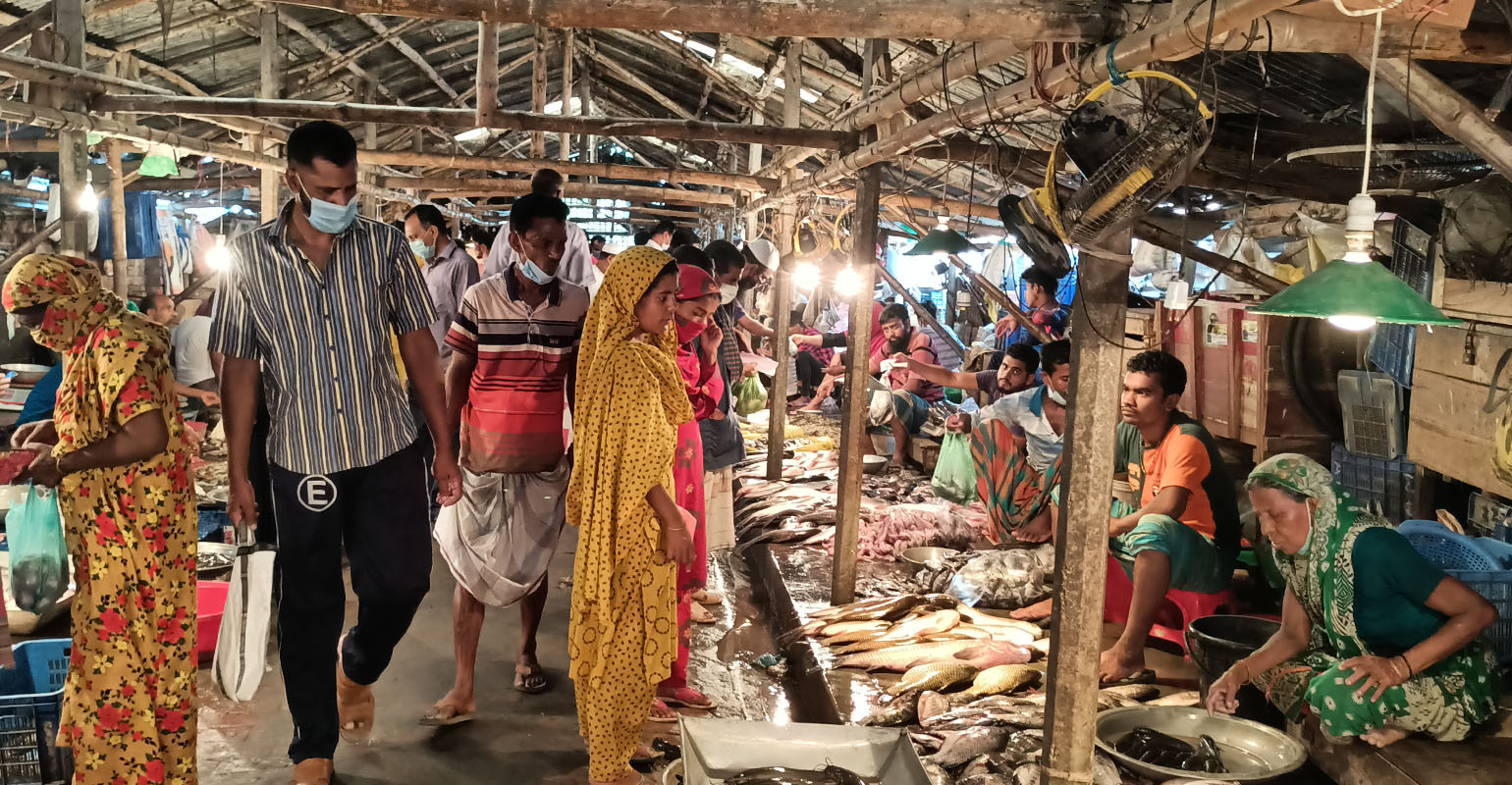
Lack of rigorous data collection means that "conventional wisdom" about aquaculture often lags far behind conditions on the ground and makes aquaculture production statistics highly unreliable. Inadequate information makes it difficult to plan and manage aquaculture development or design investments, policies, and interventions effectively. Moreover, new technologies and practices developed by innovative farmers and supply-chain actors often go unrecognized and diffuse more gradually than they would do if promoted actively by formal extension agents. Digital technologies are undergoing a revolution. Artificial intelligence (machine learning), remote sensing, smartphones, mobile internet, social media, and open-source data collection and video production software open up an array of new possibilities for cheaply collecting, analyzing, and communicating information in new forms to multiple audiences. Drawing together all these strands, we are combining survey-based research techniques with remote sensing, machine learning, and video production, to generate knowledge products disseminated via digital media to reach and serve the diverse information needs of farmers, enterprises, researchers, and government. This activity has three goals:
- Identify emerging technologies and innovative practices in aquaculture value chains and pilot digital extension approaches that accelerate their adoption while reducing transaction costs and time associated with traditional forms of technical research and extension.
- Use machine learning to automate extraction of data on ponds from satellite images and integrate with georeferenced survey data to accurately estimate fish production, economic value, and employment (disaggregated by gender and age) to improve the accuracy of official statistics and enhance capacity to effectively target investments and regulation.
- Build organizational and individual capacity in Bangladesh for conducting rigorous research on socioeconomic and spatial dimensions of aquaculture and contribute to a more enabling environment for fostering sustainable aquaculture growth.
The activity comprises three components: 1) surveys, 2) remote sensing, and 3) capacity building.
Component 1 follows the "stacked survey method" developed by Michigan State University to survey a sample of 1,100 hatcheries, feed suppliers, farmers, and fish traders interviewed by Michigan State University researchers in 2013 in the Feed the Future Zone of Influence. Comparative analysis of 2020 and 2013 data enables identification of new and emerging technologies and practices. Additional in-depth interviews are used to gather detailed information on these practices and produce short videos featuring individuals talking and demonstrating their innovative behavior in their own words to provide easily relatable content to be disseminated widely through social media platforms.
Component 2 utilizes machine learning to extract and analyze data on fish ponds from satellite images. Combined with data collected under Component 1, this analysis facilitates development of an interactive, online data visualization tool that can be used to estimate aquaculture’s multidimensional contributions to the economy and nutrition, focusing on production, economic value added, and employment – all differentiated by gender and value chain segment. The publicly available web-based tool designed based on stakeholder consultations facilitates user interaction with and visualization of the data generated.
Component 3 is dedicated to formal training and outreach that builds individual, organizational, and societal capacity and includes 1) stakeholder consultations on features potential users wish to see incorporated into the interactive GIS interface; 2) a two-week data-analytics capacity-building retreat, to build host-country researcher capacity for quantitative survey data analysis, analytical thinking, and written and oral academic presentational skills; 3) dissemination of Bangla-language extension videos via social media; 4) a five-day remote-sensing capacity-building course for GIS users; and 5) workshops to promote new and emerging technologies to private sector actors and extension agents in each of the surveyed zones.
Executive Summary of Results and Findings
Final Technical Report: Harnessing Machine Learning in Bangladesh
Learn More
Harnessing Machine Learning Activity's Dhaka Outreach Workshop [video]
The Harnessing Machine Learning Activity Receives Government Buy-In
Women Employment in Integrated Gher (Rice-Fish-Vegetable) Farming [video]
Removing Sludge From Prawn/Shrimp Farm [video]
Seasonal Activities in Integrated Farming [video]
Maximum Land Utilization in Integrated Rice-prawn/Fish-vegetable Farm [video]
Low-cost Long Distance Irrigation [video]
Negative Impacts of Climate Change on Prawn Farming [video]
Integrated Rice-Prawn/Shrimp-Vegetable Farming System [video]
Women's Employment in the Aquaculture Value Chain [video]
Youth Employment in Aquaculture Value Chain (Wholesale Market) [video]
Emerging Technologies Improve Aquaculture Data Systems in Bangladesh
Shrimp Farming and Research in Bangladesh Adapts to COVID-19 Pandemic
